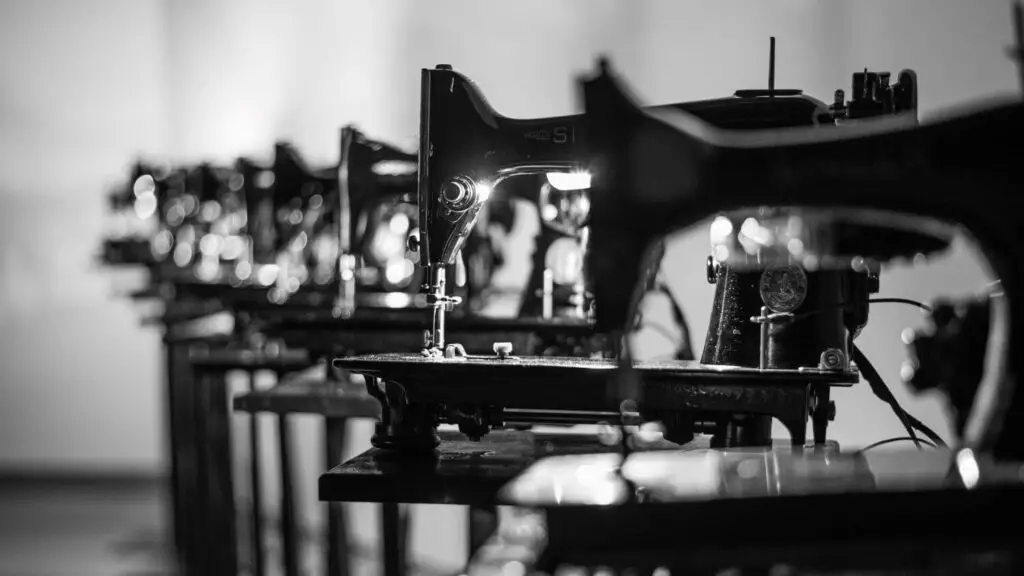
Seven life-changing sewing tips
Sometimes a little goes a long way! Here are a few tips to help you sew buttons easily, maintain your scissors, or simply add seam allowances.
Keep in mind to save time!
Sewing buttons
The threads holding the buttons often break, especially on coats or blouses that are a little tight. But it doesn’t have to be that way! To remedy this, sew the button twice, with two different threads, for double resistance.
To stack the odds in your favor, you can take a longer thread and bend it back on itself, once or twice, for extra thickness.
And for an even stronger thread, you can slide it over beeswax before sewing. Some brands , such as Prym, sell it specially for this purpose. This also prevents knots when sewing by hand.
Finally, if you’re sewing buttons onto a very thin fabric, such as a cotton voile, you can cut a small square of fabric (smaller than the button) and sew it directly between the button and the fabric, or at the back of the seam. This will prevent your garment from being damaged at this point by pulling on the button.
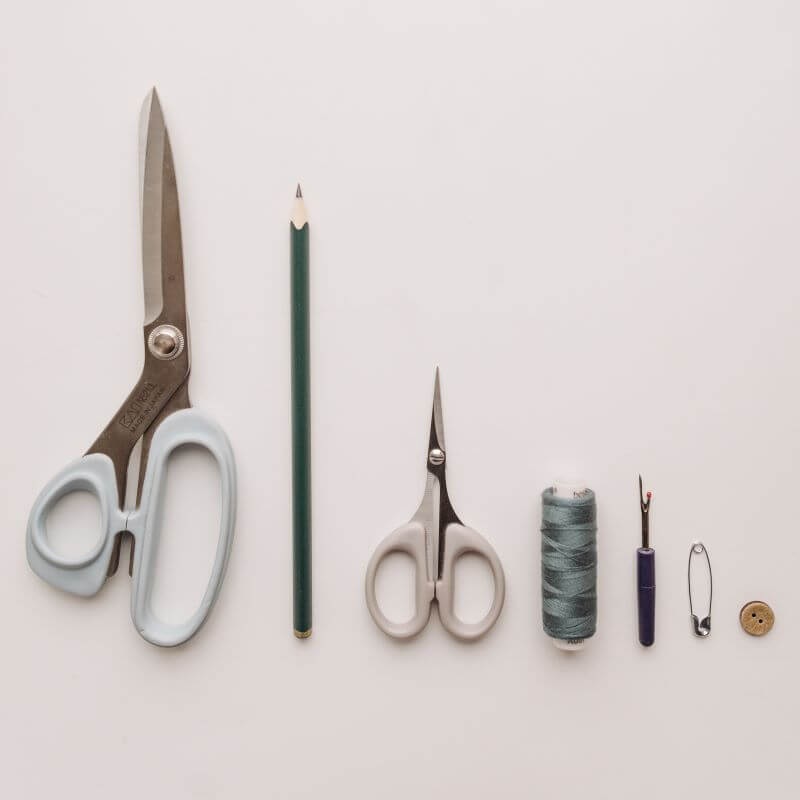
Avoid damage to scissors
This is THE rule to keep in mind to prevent damage to your sewing scissors. They must never be used for anything other than cutting fabric!
We buy a pair and keep them under glass!
Pattern tracing paper or small, overhanging threads can be cut with another pair. Clean your scissors thoroughly after each use.
To sharpen them when they begin to dull, invest in a suitable sharpener that will ensure you always have sharp blades.
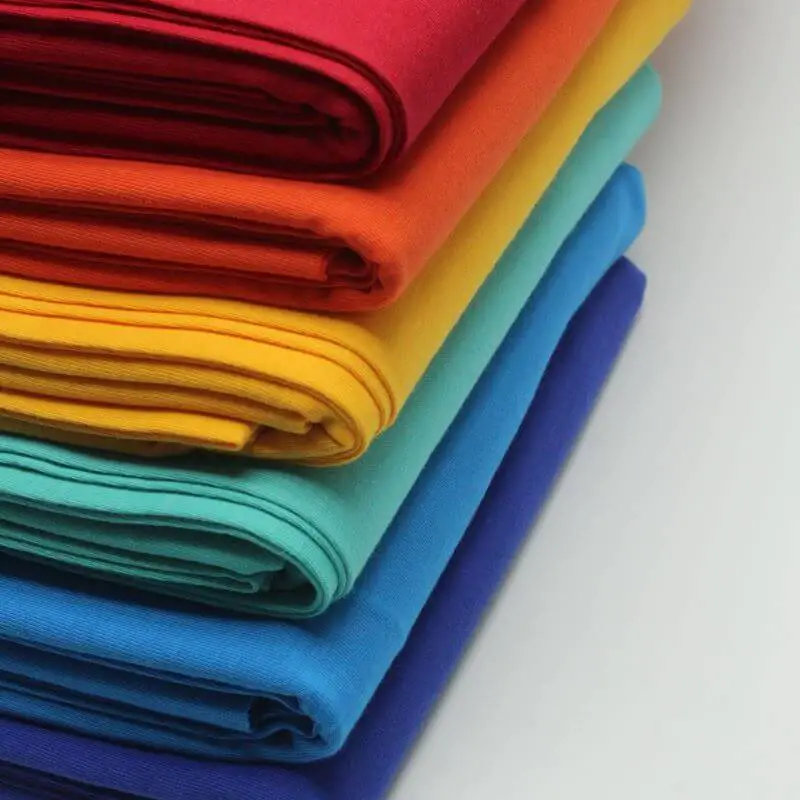
Prevent soft fabrics from slipping during cutting
You’ve probably experienced this annoying situation before: you’ve prepared your fabric well, pinned each piece carefully… But now your silk, viscose or soft polyester slips and warps when you put the first scissors to it.
To avoid this, place a layer of fine muslin under your main fabric. This will ensure a much cleaner cut. You can also use a rotary cutter, which will prevent the fabric from moving when you slide your scissors in.
Use tweezers rather than pins to avoid damaging certain fabrics
If you plan to sew leather, imitation leather or fragile fabrics such as silk, try to avoid using pins as much as possible.
On most jobs, pins leave no trace, but they can sometimes damage fabrics.
Plan to buy sewing clips, which come in sets and can be reused for a very long time.
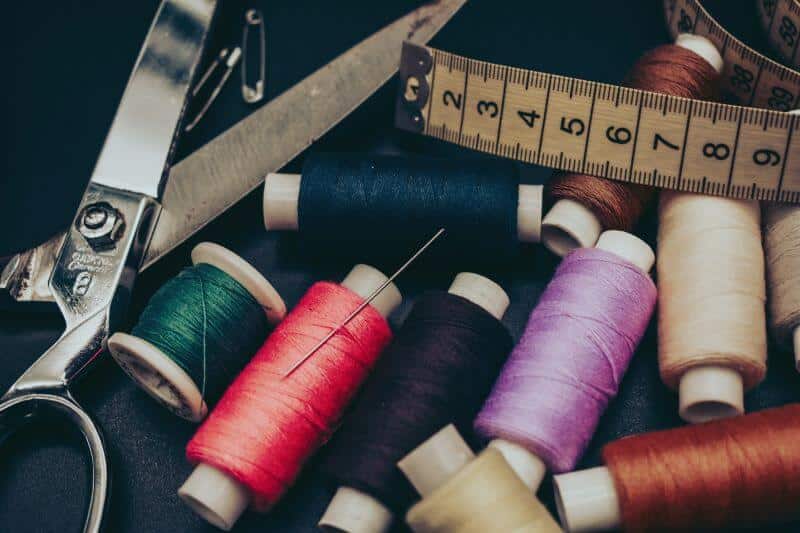
Easily draw seam margins
Patterns often do not take seam allowances into account. When you transfer the pattern, you have to add them by hand.
They can be 1cm or 1.5cm most of the time. A quick technique is to take a rubber band and tie together two or three pencils, one next to the other. All you have to do is trace on a blank sheet of paper and see how many pencils are needed to achieve the desired distance. Then simply trace around your pattern with the appropriate number of pencils. Three pencils correspond to a margin of 1.5cm.
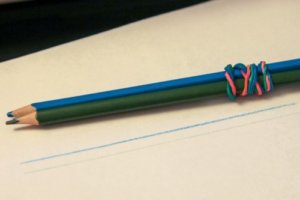
Wash fabric before sewing
This step is found at the beginning of every pattern and is very important. Of course, it’s tempting to skip it, to save time and get on with your sewing more quickly.
Washing the fabric prevents shrinkage and makes it easier to sew.
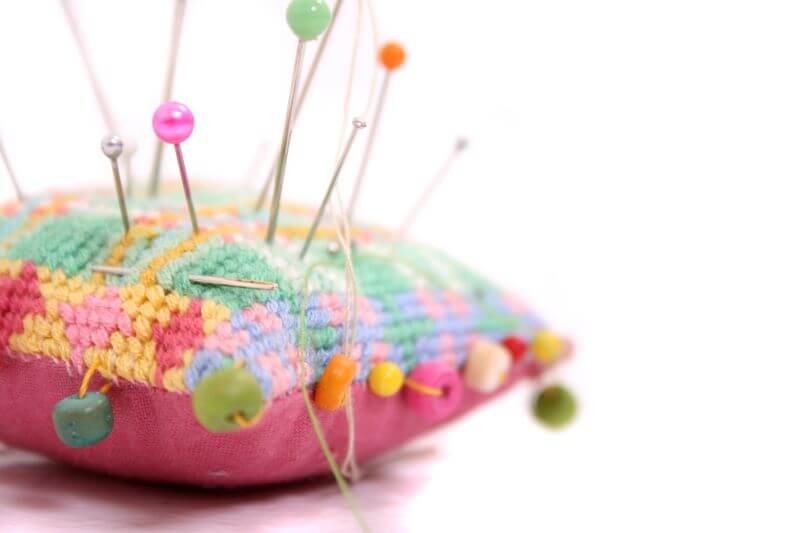
Sharpening needles with steel wool
To prevent your pins and needles from becoming dull, use steel wool to sharpen them. Many people recommend slipping some into a pin cushion. That way, you won’t have to remember to do it: as soon as you put them away, they’ll be automatically sharpened!
What sewing tips do you use to save time and make life easier?



